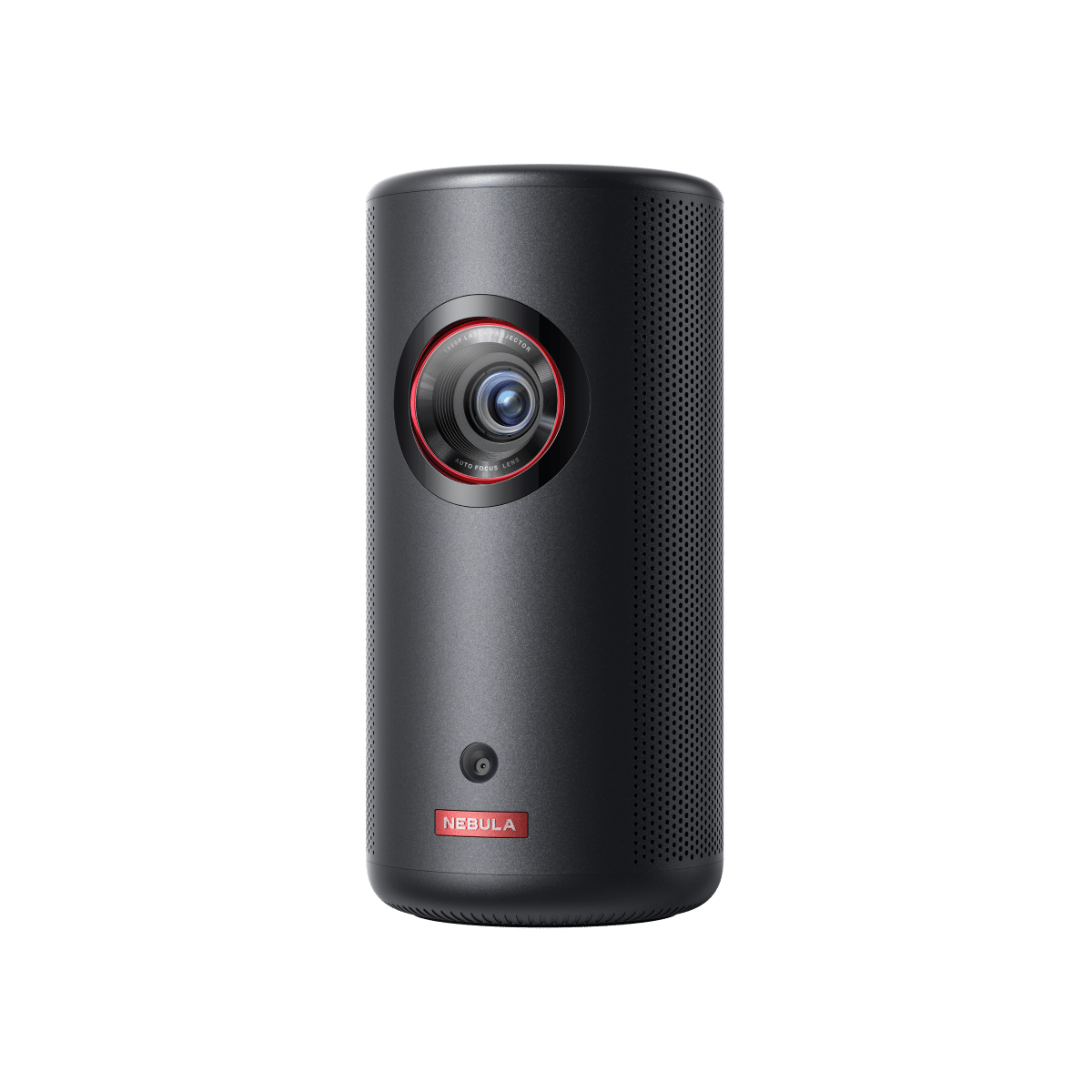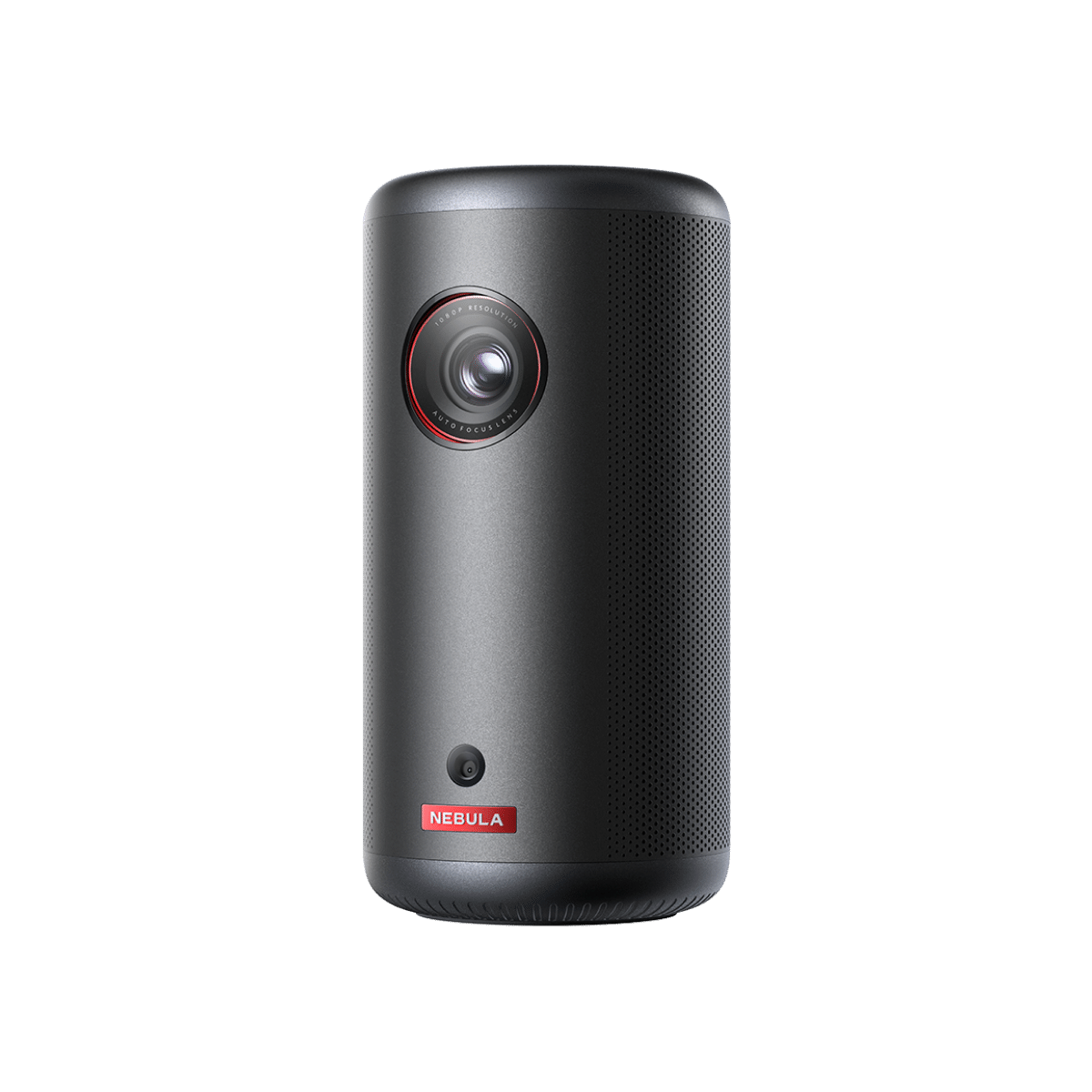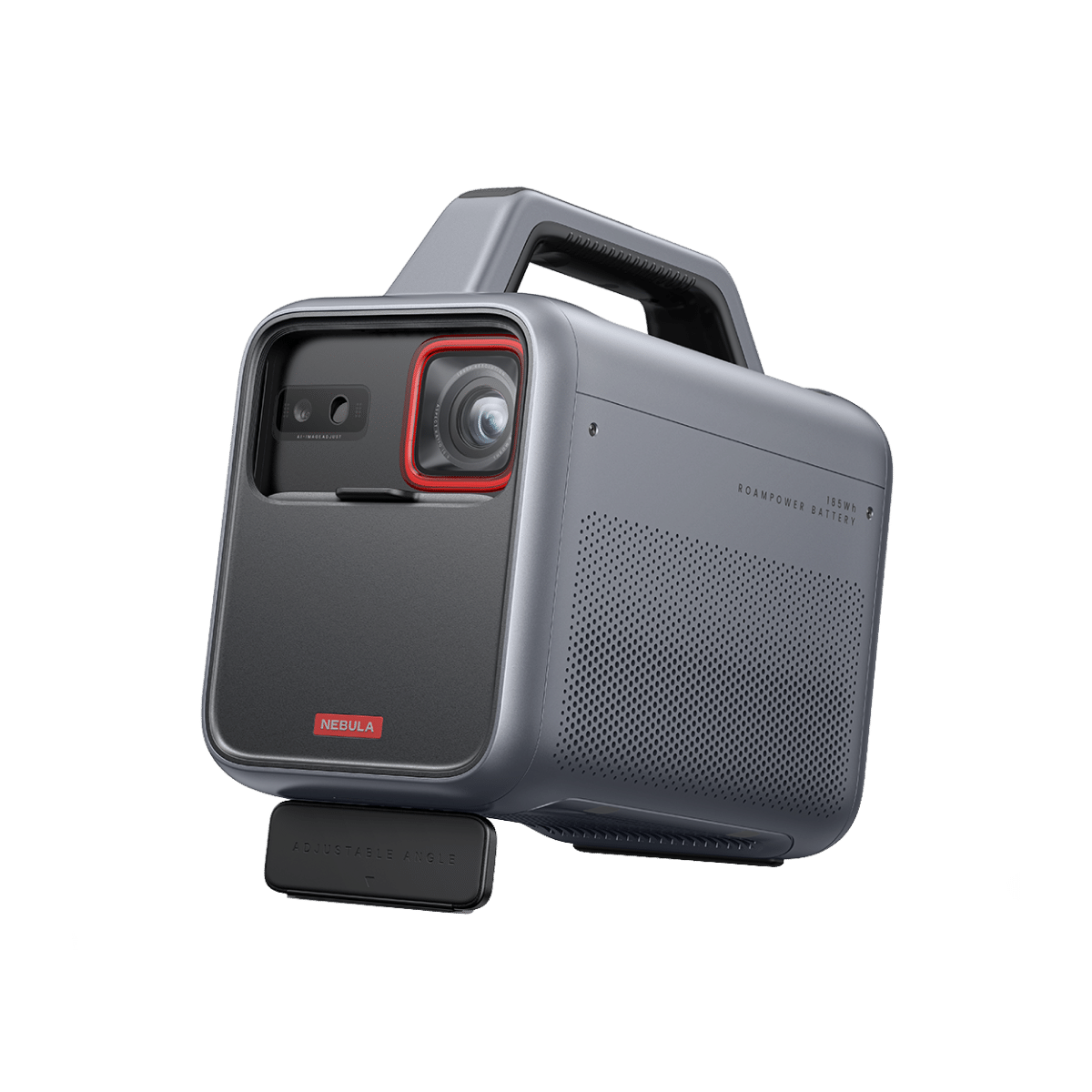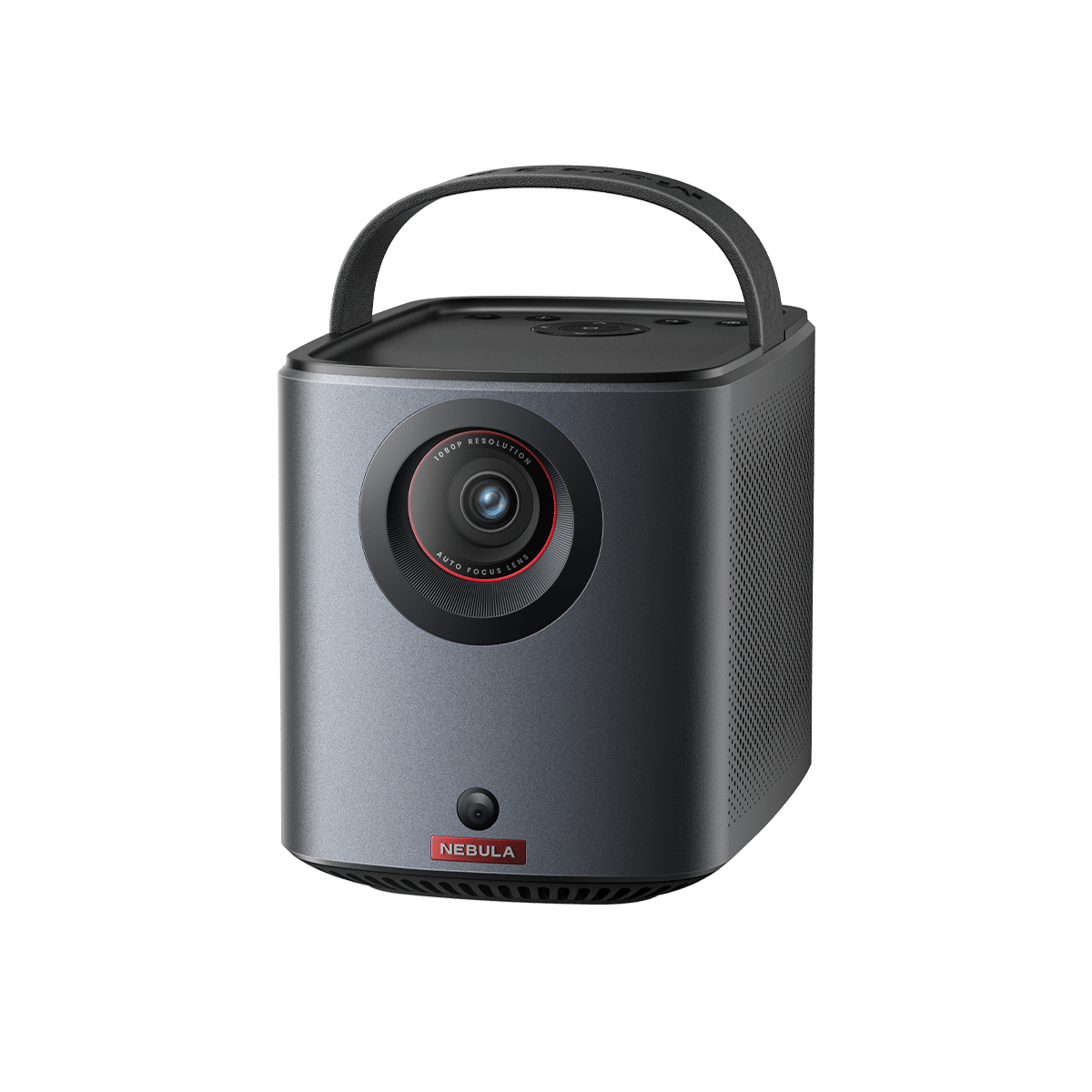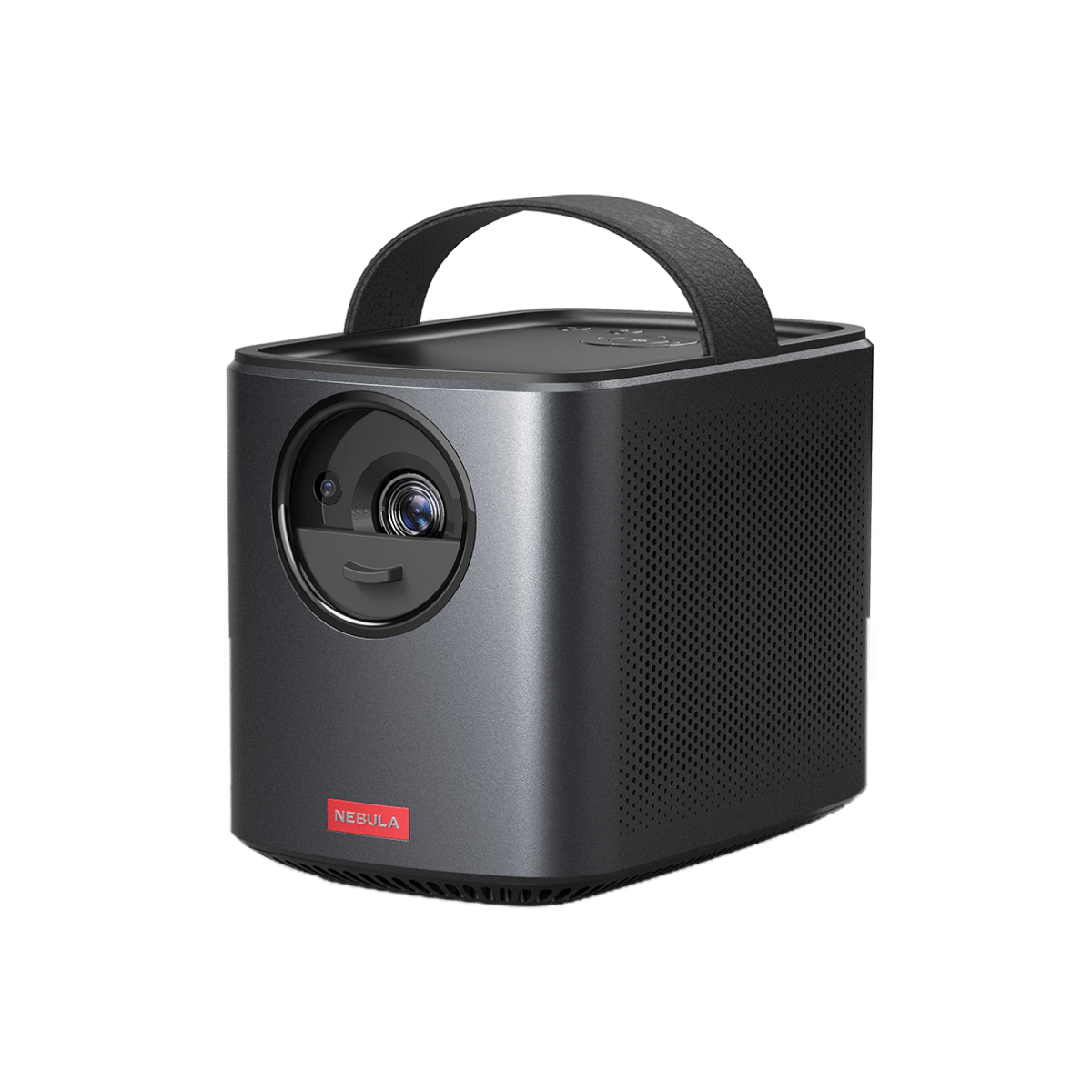Suppose you've set up the perfect movie night or a crucial business presentation, and just when you're ready to hit play, the projector says no signal HDMI. Why? Why does my projector say no signal? This is indeed a frustrating situation. Fortunately, we can find several troubleshooting steps to get the HDMI connection back on track. In this blog post, we'll explore the most common causes for this problem, and provide practical solutions to ensure your next movie night or presentation goes off without a hitch. Let's dive in and resolve the problem of no signal on projectors together!

Why Projector Says No Signal HDMI
So, what exactly are the reasons that cause the projector no signal problem? Generally, the most common factors are listed below:
Not Configuring Display Setting
One of the frequent but easily overlooked culprits behind the HDMI no signal projector is the failure to configure the display settings on your laptop or source device properly. Often, laptops default to their built-in screens and won’t send signals to other devices like a projector, even if the projector is in fact connected to the laptop. Thus, there is no HDMI signal from your device in the first place, so it is a sure thing that the projector won’t receive anything to display.
HDMI Splitter Not Working Properly
An HDMI splitter can send an HDMI signal from a single source (usually your laptop) to multiple receiving devices. However, if you're using an HDMI splitter to connect multiple devices to the projector, this component might be the source of the problem. Sometimes the HDMI splitter tends to malfunction and cause the projector to receive no signals and display a “No Signal" error on the projector.
Faulty HDMI Connection
A loose or damaged HDMI cable can also be a primary reason for the "projector saying no signal" issue. A damaged cable can’t send the signal through to the projector, while a loose connection affects the proper receiving of the signal by the projector. Moreover, it can also happen that the HDMI ports are damaged and thus not functioning.
Incompatible Resolution
An incompatible resolution could also be behind the "No Signal HDMI" issue. Projectors have specific resolution capabilities. For instance, the Nebula Capsule 3 Laser supports a maximum resolution of 1920×1080. If the resolution of the source exceeds the maximum supported resolution of the projector, the projector will probably not be able to recognize the signal, let alone display it. A "No Signal HDMI" message can therefore ensue.

What to Do When Projector Says No Signal
We have just explored several common factors of projectors not displaying HDMI. Now let's see some methods to address these problems so that your projector can receive signal and display the content properly:
Configure Laptop Display Setting
To resolve the issue of "No Signal HDMI," start by configuring your laptop or source device's display settings. Ensure that the display mode is set to extend or duplicate the screen on the projector, rather than the default “PC screen only”. In this way, you are telling your laptop that it should send the HDMI signal to the projector so that projection is possible.
Remove HDMI Splitter
If you're using an HDMI splitter, it might be causing the no signal problem, although the exact mechanism is often unclear. It could be that the splitter itself is faulty, or that there is a compatibility issue. Anyway, try disconnecting the HDMI splitter and directly connect your source device to the projector using a single HDMI cable if a no signal message appears. This eliminates any potential issues arising from the splitter.
Secure the Connection
Ensure that the HDMI cable is securely plugged into both your source device and the projector. Typically, simply unplugging and re-plugging the cable is enough to resolve this issue perfectly. However, if this does not work, it could be that either the cable or the HDMI port is faulty. In this case, it's essential to check for any visible damage on the cable and replace it if necessary. You can also try using another available HDMI port to rule out the possibility that the HDMI port on your source is malfunctioning.
Reset Resolution of the Source
The resolution mismatch can cause the "No Signal HDMI" problem. Double-check your source device's resolution settings and set it to a resolution that is compatible with your projector's native resolution. Adjusting this setting ensures that the source device's output aligns with the projector's capabilities, facilitating a successful HDMI connection.

Conclusion
No one wants to be disrupted by a sudden “no signal HDMI” message while anticipating your movie night with brimming joy. This is why this blog came into being. By understanding the common factors that lead to this issue and following the practical steps to address them, you can minimize these interruptions and ensure a seamless viewing or presentation experience. So, next time you gather for movie night or an important presentation, rest assured that you won’t utter “my projector says no signal HDMI” in frustration again, and your projector will deliver a flawless performance.
FAQ
What to do if HDMI is not working on a projector?
There are several troubleshooting tips you can use to resolve the issue of HDMI not working and get back to enjoying your content:
Inspect the HDMI Cable: Start by examining the HDMI cable thoroughly. Inspect for any apparent damage, such as twisted pins, worn cables, or disconnected connectors. If you identify any issues, replace the cable with a new one.
Check Display Setting: Ensure that your source device (e.g., laptop, DVD player) is set to duplicate or extend the display to the projector. Additionally, confirm that the resolution settings on your source device are compatible with the projector's capabilities.
Test with Another Source Device: You can also consider connecting a different source device with an HDMI output to your projector. This will help determine whether the issue is specific to the original source device or if the projector itself is causing the problem.
What source to use for a projector?
The choice of source for your projector depends on your specific needs. Common sources include laptops, desktop computers, gaming consoles, DVD or Blu-ray players, streaming devices, and even smartphones or tablets with HDMI output capabilities. But no matter what source you use, make sure that the source content is compatible with your projector to ensure proper projection.
